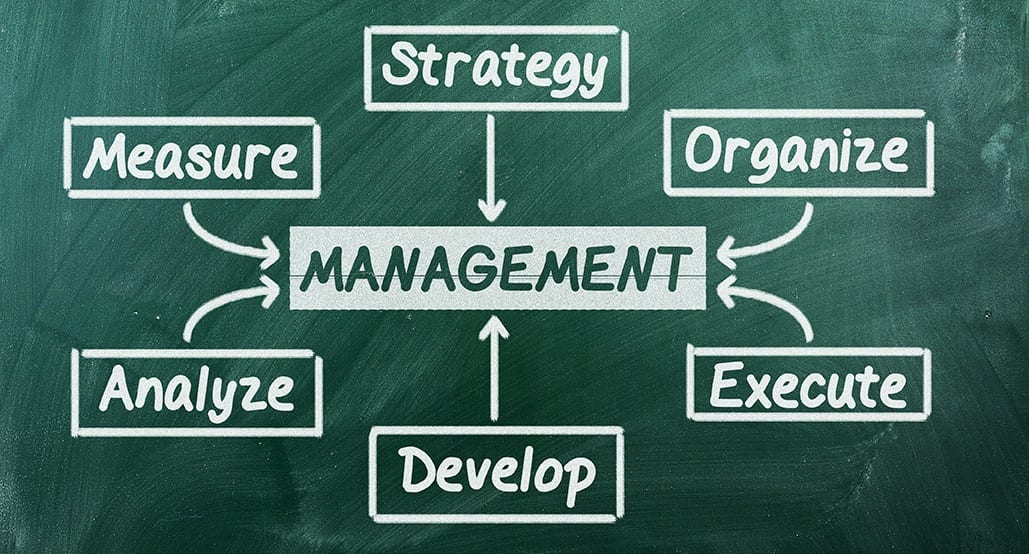Evaluate These 7 Call Center Management KPIs for Success
Whatever you’re aiming for in your call center management, few things can help you reach to your goals faster and more effectively than a thorough strategy for tracking agent KPIs (Key Performance Indicators). Where this task of measuring agent performance used to be an arduous task, modern VoIP call center management software makes it simple to stay on top of all the metrics that are vital to a well-functioning and efficient call center.
In this article we’ll discuss what metrics you should be monitoring and why, what they indicate, and how you can work to adjust them, if necessary.
Schedule Adherence
One of the most debated KPIs in the call center industry is agent schedule adherence. Keeping throughput high at a call center means keeping agents on task and having them clear calls quickly and reliably. But a high focus on schedule adherence has also been correlated by studies of the industry with lower first call resolution rates and customer satisfaction ratings.
Utilizing call center management software with real-time monitoring can help resolve the old issues related to schedule adherence without impacting the quality of service you deliver your customers. But keep in mind that this is, ultimately, a statistic that you should evaluate on a case-by-case basis.
Handle Time
Handle time is closely related to schedule adherence but not identical—it’s measured by how much time is spent on each call. This metric, however, includes all involved processes related to closing the call, including administrative tasks such as submitting reports. A bad handle time can be thoroughly improved with enhancements to how calls are routed, how much data recording and report filing has been automated through your call center management software, etc. A lower than expected handle time does not always correlate with your agents’ efficiency according to real-time monitoring.
Active and Waiting Calls
Another throughput statistic every call center should be aware of the amount of time callers spend on-hold. Customers who sit on the phone for too long aren’t happy, even if their issues are ultimately resolved. The value of this statistic to agents is debatable; unless real-time monitoring shows issues in schedule adherence, a high number of waiting calls indicates insufficient manpower or flaws in other systems, not a problem with agents. Encouraging agents to rush only results in repeat callers, not a reduced waiting queue.
Call Abandonment
Call abandonment, the number of calls where a customer disconnects before reaching an agent, can stem from any number of areas—each with a different solution. If agents take too long resolving issues, they may fall behind and leave customers waiting too long. Similarly, they may escalate or redirect customers too often, which can be due to agents passing the buck too easily, or due to inadequate solutions for getting the customer to the right representative for their problem. Shortages of representatives will inevitably lead to call abandonment, as will labyrinthine automated systems. In short, a high call abandonment rate should be seen as a major problem, but don’t assume anything further until you figure out WHY it is high.
Service Level
A major KPI to keep track of, but somewhat difficult to quantify and pursue on its own, service level is a measure of how effectively you deliver on the promise made by your call center’s Service Level Agreement (SLA). Failures in every other area add up to failures here, meaning this statistic stands well as an overall indicator of performance but typically offers little insight into exact problems or solutions.
That said, call center management software that allows for real-time monitoring offers you far more use of this statistic, as you can observe fluctuations that may otherwise go unnoticed. If you fail to meet your SLA’s requirements at certain times, you know where to look for a problem.
First Call Resolution
Most experts agree that if you’re looking at any single statistic in your call center management software, focusing on any one statistic to raise, it’s your first call resolution (FCR) rate. Resolving issues on the first call makes sense from every standpoint—customers are happy, waiting lines aren’t clogged with repeat problems, and agent morale stays high.
Good call center management software works wonders for FCR rates when utilized properly. Real-time monitoring and careful routing of calls up and laterally to the representatives most capable of resolving them, is one of the best strategies for improving this metric. If you only care about two statistics, make them FCR and customer satisfaction.
Customer Satisfaction
Self-reported customer satisfaction isn’t 100% accurate, but it’s still a vital indicator when determining how well your agents are performing. Use this more to compare to previous performance—if reports trend down in the absence of an external factor, your call center has a problem. If a major recall or negative report about a product you service just came down the line; however, a downward trend is to be expected.
With the right application of call center management software, it’s easier than ever to bring customer satisfaction up without sacrificing other productivity-focused metrics.
